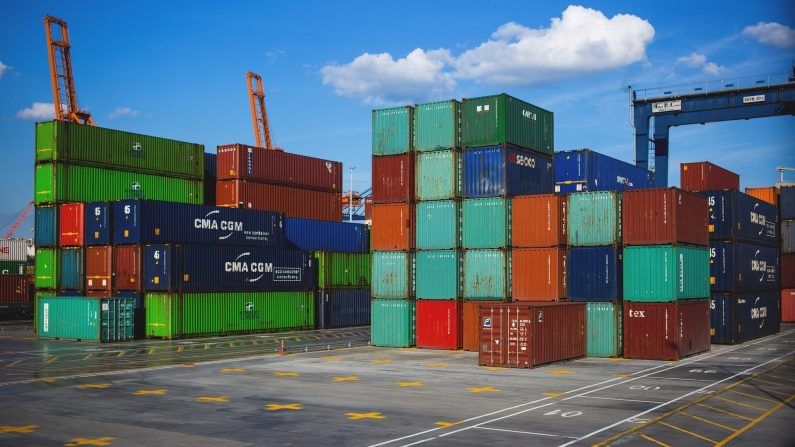Can exports come to the rescue?
India’s growth rate of exports was higher than that of China and Vietnam, though their revenues were higher at $15.5 billion and $8.8 billion respecti

Can India pull itself up by riding the boom in the world economy? The International Monetary Fund has projected world output to grow by 6 percent this calendar and 4.9 percent next year. The rich countries are expected to do better than the developing countries owing to better vaccination rates, and measures to support vulnerable people and businesses.
The rising tide of the world economy has lifted the Indian boat even in the past. For three years preceding the financial crisis of 2008, India did exceptionally well, growing at an average annual rate of 9.5 percent. Those were also the years when world output grew at around 5 percent a year. In the years immediately after that crisis, India again did well as the world economy was buoyed by measures taken by the rich countries to stimulate their economies.
Between 2005-06 and 2008-09, India’s exports nearly doubled, growing at over 20 percent a year.
World merchandise exports recorded a strong 15 percent growth between January and April, the World Trade Organisation said. While volumes grew, there was a spurt in prices of non-fuel commodities. The value of manufactures also rose, although less rudely. This is an opportunity for India.
Among the four engines of growth, three are still sputtering. Private consumption at Rs 17.84 lakh cr in the first quarter of this fiscal (April to June) was lower than during the same quarter in pre-pandemic 2019 by Rs 2.4 lakh cr. Investment has also not recovered to pre-pandemic levels and was short by about Rs 2 lakh cr. Government expenditure was higher than in April-June 2019 but was lower than during the same quarter last year, though the second wave of the coronavirus infection was more severe than the first round.
The fourth engine, that of exports, has revved up. India exported goods worth $164 billion between April and August, about a quarter more than the 2019 period. Exports of goods other than petroleum, oil and lubricants at $141 billion, was $26 billion higher. This includes gems and jewellery, which are labour-intensive but have a high import content (of gold and silver). Exports by sectors that are employment-intensive like engineering goods, textiles and ready-made garments have also picked up.
It’s heartening to note that India’s exports of textiles and garments to the United States, it single largest market, were up 55 percent in the first seven months of this calendar. With China ceding ground on low-margin segments of the trade owing to high wages over the last 10 years, Bangladesh and Vietnam had moved in though India has natural advantages in terms of raw material and skills. The performance this year is hopefully a reversal of the trend.
US imports of textiles and garments were $5.5 billion between January and July. India’s growth rate of exports was higher than that of China and Vietnam, though their revenues were higher at $15.5 billion and $8.8 billion respectively. Bangladesh exports were at $3.8 billion, helped in part by preferential tariffs.
Pent-up demand for garments and home textiles in the US have helped Indian exports, along with lighter pandemic-related restrictions in the exports hubs like Tiruppur in Tamil Nadu. But high logistics cost and the scarcity of containers are an issue.
The government has helped with two schemes to neutralise domestic taxes on exports but exporters complain about unpaid dues of past incentives. Textiles Minister Piyush Goyal has set a stretch target of $44 billion for exports of textiles, apparel and handicrafts, for this year and $100 million to be achieved in the next few years. He has also said that the performance linked incentive scheme and mega textile parks scheme would be approved soon.
There has been a slide in export performance since 2013-14. The export target for this year is $400 billion. We need to chase it with single-mindedness. For that India must shed its inward-looking approach. The hike in tariffs over the past seven years to encourage domestic value-add has pushed up costs and made the economy less competitive.
Labour-intensive exports can pick up the slack in the job market. They can help absorb people with low skills, especially because construction – another employment sponge – has not recovered to pre-pandemic levels. The Centre for Monitoring Indian Economy, which keeps a continuous tab on employment, however, says there is an uptick in construction jobs. But with manufacturing activity subdued, the reverse migration of labour from factories to farms continues.